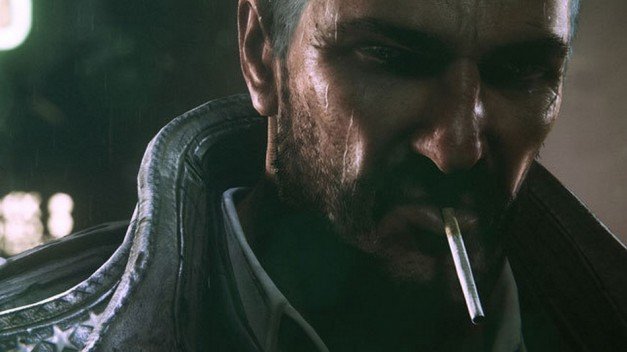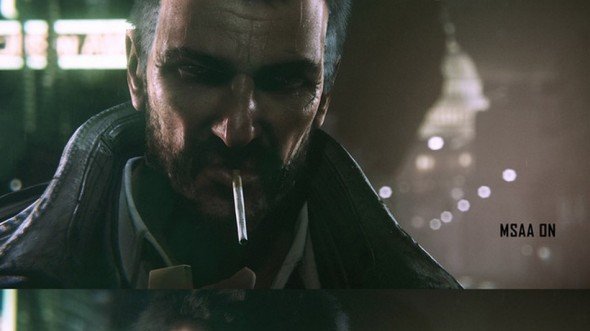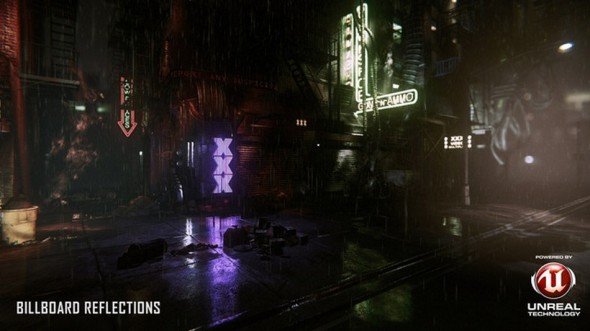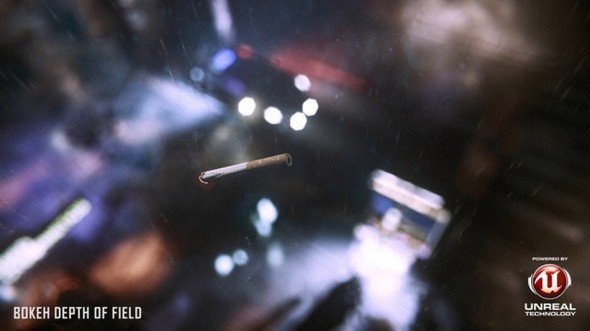Eyes on: Epic’s vision of the future of in-game graphics

The telling point came near the start. “Turn to wireframe,” enthused Epic Game's Mark Rein. “Show them that it's running in real time.” It was. And that in itself is staggering.
The second telling point came immediately after the demo. When Epic revealed that the PC they'd rigged up to demonstrate their vision of what in-game graphics could be capable of was packing three top of the range Nvidia GTX 580's.
The event? Epic's private showcase of new technology coming to the latest version of the Unreal engine at GDC. The reason? To show the world that it's time to start thinking about what the future of graphics should look like.
First reactions? The graphicsability is high. And out of reach of the average PC gamer for a good few years.
“The stuff we're showing today is doable on PC now,” explained Mark, “but it's pretty darn powerful. Maybe the next nVidia graphics card bump means we can use two, we don't need three. And maybe the next bump means we can use just one. And the next bump after that means that we can use the mid-range card.”

The 'Samaritan' demo features a super-hero character, all trenchcoat and stubble chinned, breaking into a warehouse using a blow-torch and a cigarette, before rescuing an old lady from a gang of thugs, before picking a fight with an ED 209 style robot peacekeeper. It's set in a dirty, rain drenched street scene, straight out of Blade Runner. And it's very, very pretty.
The tech on display is, at it's core, the Unreal Engine 3 that powers many modern games albeit upgraded with new features that vastly increase the image quality.
Keep up to date with the most important stories and the best deals, as picked by the PC Gamer team.
Specifically, image based reflections allow puddles to reflect the neon lights of advertising hoardings near perfectly - with the reflections disappearing as characters cast shadows across the water.

Subsurface scattering means that textures mean super-detailed skin textures. The tech works by simulating the way light scatters in semi-tranlusent situations. In the demo, there's a moment when the lead character lights a blowtorch with his cigarette - the way the light plays across his face is gorgeous.
Bokeh depth of field isn't something I've ever heard of, but Epic explained that it allows light sources that are in the distance to affect the pixels around them - in practice it means that the lights on a cop car just glow like they would if in the background of a film.
And the implementation of clothing is just spectacular: the character's coat flaps in the wind as he leaps off the side of a building. That's thanks to Epic and Nvidia working together on further physics tech.
Mark described the demo as “a love letter to hardware manufacturers. This is our proposal for what the next big generational leap of gaming should be.” It's also a test - to figure out how to build assets, art and technology in the future. The demo took 12 developers two months to build.

“This is how we did our first Unreal Engine 3 demo,” explains Mark. “We built the technology, we made a plan for what we wanted it to do, we started demo content for it to start figuring out what the pipeline is, and how you can do things most efficiently, how many polygons you should and shouldn't use.... We pour tens of millions of dollars into these R&D experiments.”
The first UE3 demo took place at GDC in 2004, a year ahead of the official unveiling of the Xbox 360.
A movie of this year's demo will be released in the coming week. Developers who work with UE3 will be able to implement games with this level of detail as soon as the technology is shipped out in the March build of the engine.

